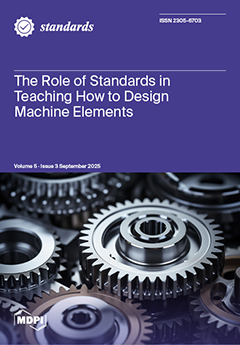Petrological knowledge on weathering processes controlling the mobility of chemical elements is still limited in the dry tropical zone of Cameroon. This study aims to investigate the mobility of major and trace elements during rhyolite weathering and soil formation in Mobono by understanding the mineralogical and elemental vertical variation. The studied soil was classified as Cambisols containing mainly quartz, K-feldspar, plagioclase, smectite, kaolinite, illite, calcite, lepidocrocite, goethite, sepiolite, and interstratified clay minerals. pH values ranging between 6.11 and 8.77 indicated that hydrolysis, superimposed on oxidation and carbonation, is the main process responsible for the formation of secondary minerals, leading to the formation of iron oxides and calcite. The bedrock was mainly constituted of SiO
2, Al
2O
3, Na
2O, Fe
2O
3, Ba, Zr, Sr, Y, Ga, and Rb. Ce and Eu anomalies, and chondrite-normalized La/Yb ratios were 0.98, 0.67, and 2.86, respectively. SiO
2, Al
2O
3, Fe
2O
3, Na
2O, and K
2O were major elements in soil horizons. Trace elements revealed high levels of Ba (385 to 1320 mg kg
−1), Zr (158 to 429 mg kg
−1), Zn (61 to 151 mg kg
−1), Sr (62 to 243 mg kg
−1), Y (55 to 81 mg kg
−1), Rb (1102 to 58 mg kg
−1), and Ga (17.70 to 35 mg kg
−1). LREEs were more abundant than HREEs, with LREE/HREE ratio ranging between 2.60 and 6.24. Ce and Eu anomalies ranged from 1.08 to 1.21 and 0.58 to 1.24 respectively. The rhyolite-normalized La/Yb ratios varied between 0.56 and 0.96. Mass balance revealed the depletion of Si, Ca, Na, Mn, Sr, Ta, W, U, La, Ce, Pr, Nd, Sm, Gd and Lu, and the accumulation of Al, Fe, K, Mg, P, Sc, V, Co, Ni, Cu, Zn, Ga, Ge, Rb, Y, Zr, Nb, Cs, Ba, Hf, Pb, Th, Eu, Tb, Dy, Ho, Er, Tm and Yb during weathering along the soil profile.
Full article



